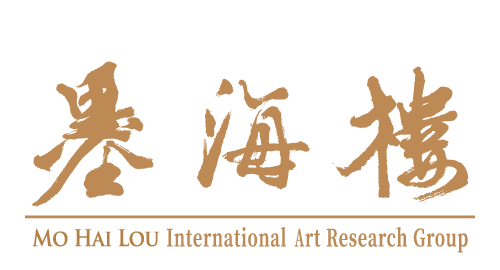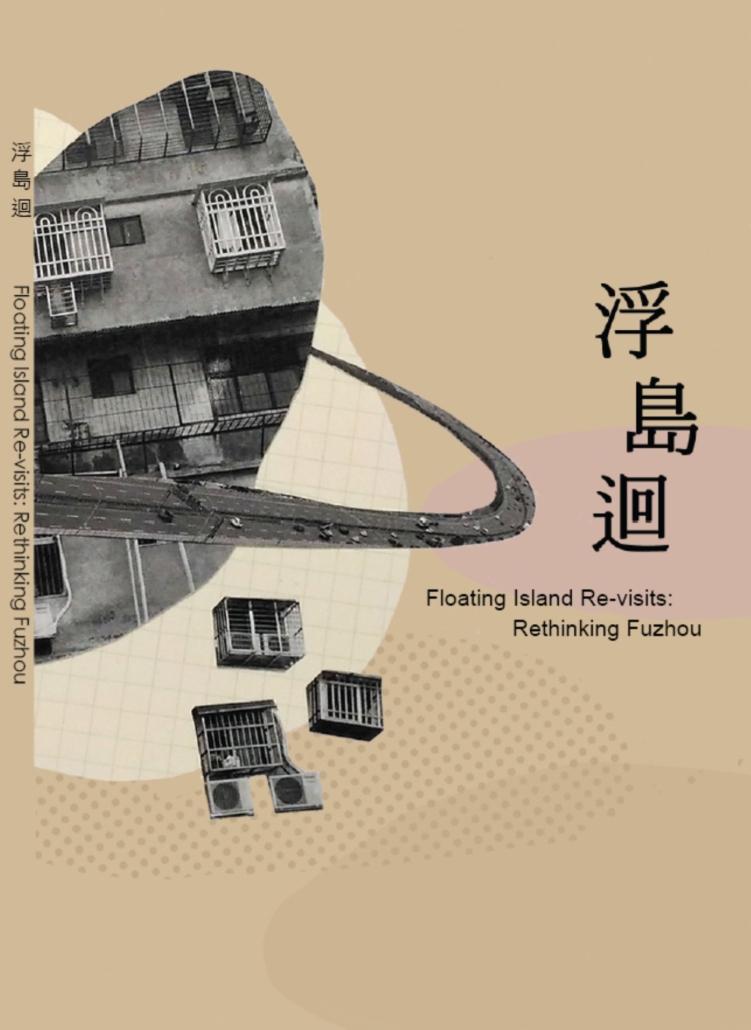《Floating Island Re-visits : Rethinking Fuzhou 》
From 1983 to 1989, France’s interdepartmental agency carried out the DATAR Commissioned Photography project, inviting 20 photographers to capture nearly 200,000 landscape images. Among these, 2,000 were archived by the National Library, successfully heightening the awareness of landscape among rural and urban residents and encouraging critical examination of government urban renewal policies. In today’s digital era of image overabundance, the primary challenge is to demonstrate photography’s potential to balance aesthetic experience, unique perspective, and lasting monumentality. Taking advantage of an interdisciplinary workshop opportunity planned by the College of Fine Arts at the National Taiwan University of Arts, students and faculty of Graphic Arts A, led by Chair Professor Bo-Chun Liu and instructor Chen Kuang-Yi, took on this exploration. The workshop, rooted in the context of Photolandscape, invited Professor Raphael Bertho of the Université François-Rabelais de Tours, former Government Information Office senior journalist Hubert Kilian, and renowned French photographer Guillaume Amat to teach. Independent Taiwanese image creators Shen Chao-Liang, Liu Yun-Yi, and Yao Jui-Chung were also invited to offer talks on creative processes, guiding 13 graduate students through the development and execution of individual photography projects.
In the early stages, instructors led students in field studies centered around the Banqiao-Fuzhou area, home to NTUA’s campus. Through slow, observant exploration of people, history, events, and architecture, they broke through ordinary perceptions of place, moving beyond stereotypical representations and fostering an attentiveness to everyday details and the “infra-ordinary.” This attentiveness prepared them to capture the vitality and tension of the local landscape. Each participant developed a unique perspective rooted in everyday nuances, establishing themselves as individual viewers and creating preliminary interpretations of future landscape transformations. Through this experimental process, they challenged habitual ways of seeing, aligning with Roland Barthes’s view on photography. The artists not only engaged with the “studium” of their subjects but, through repeated observation, infused details with personal emotions, adding a distinct “punctum” that evokes a powerful message. This collection presents the creative outcomes of 13 artists, with special contributions by scholars Raphael Bertho, Hubert Kilian, and Chen Kuang-Yi, promising an engaging and insightful read.



